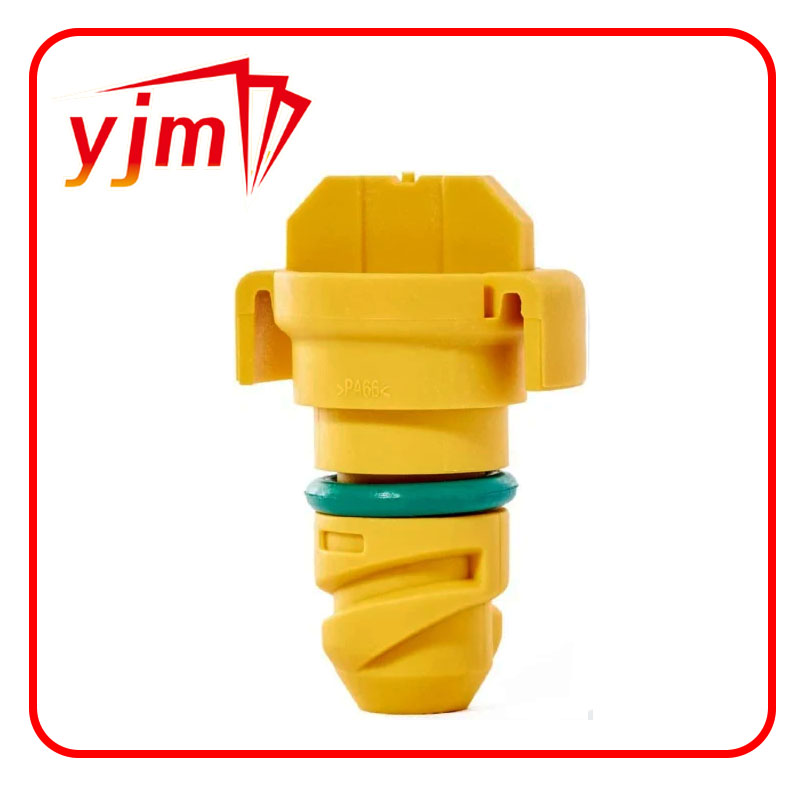Understanding the Functionality of Oil Seals in Mechanical Applications
The Working Principle of Oil Seals
Oil seals, also known as shaft seals, play a crucial role in machinery and automotive applications by preventing the leakage of lubricants and contaminants into or out of mechanical assemblies. Understanding the working principle of oil seals is essential for engineers and technicians involved in machinery maintenance and design.
At their core, oil seals are simple yet effective mechanical devices comprised of various components, most notably a rubber sealing lip, a metal housing, and in some models, a spring. The primary function of an oil seal is to create a barrier that retains lubricants (usually oils) within a closed system while preventing dirt and moisture from entering.
The Working Principle of Oil Seals
The design of the rubber lip is particularly advantageous. It is often designed with a slight inclination, which allows it to follow the surface of the rotating shaft without losing contact. This helps in maintaining an effective seal even as the machinery operates under varying conditions such as temperature fluctuations and vibrations. Many oil seals are also equipped with a spring that adds radial force to the lip, improving the seal's effectiveness by maintaining constant pressure against the shaft, thereby enhancing its ability to keep oil contained and block contaminants.
oil seal working principle

Moreover, oil seals come in various materials designed to withstand specific operating conditions. Common materials include nitrile rubber, fluorocarbon, and silicone. The choice of material impacts the oil seal’s performance concerning temperature resistance, flexibility, and chemical compatibility.
One of the critical points to consider in the working of oil seals is wear and tear. Regular operation can lead to wear on the sealing lip, which may result in leaks. Factors such as improper installation, misalignment, and unbalanced loads can accelerate this wear. Therefore, routine maintenance checks are vital for ensuring the longevity of the oil seals and the overall efficiency of the machinery.
In applications ranging from automotive engines to industrial machines, oil seals are indispensable in preventing oil leaks. Their reliable sealing capability not only enhances the performance of machines by ensuring efficient lubrication but also extends the lifespan of components by guarding against dirt and corrosion.
In conclusion, oil seals serve a fundamental purpose in maintaining the integrity of lubricated systems. Their working principle hinges on the combination of pressure differential, material design, and the mechanical properties of the sealing lip. Understanding these principles is key for anyone involved in the design, maintenance, or operation of machinery, emphasizing the importance of quality oil seals in machinery performance and durability.
-
Understanding the Front Main Engine Seal: Purpose, Maintenance, and Installation
News Jul.29,2025
-
Understanding O-Rings and Seal Rings: Types, Applications, and Custom Solutions
News Jul.29,2025
-
Understanding Crankshaft Oil Seals: Rear Seals, Pulley Seals, and Their Role in Engine Integrity
News Jul.29,2025
-
The Importance of Front and Rear Crankshaft Seals in Engine Performance and Oil Management
News Jul.29,2025
-
Crank Oil Seals: Functions, Types, and Cost Considerations in Engine Maintenance
News Jul.29,2025
-
A Comprehensive Guide to O-Rings and Seals: Types, Materials, and Global Applications
News Jul.29,2025
-
Mastering Diesel and Performance Engine Maintenance: A Guide to Critical Oil Gaskets
News Jul.28,2025
Products categories















